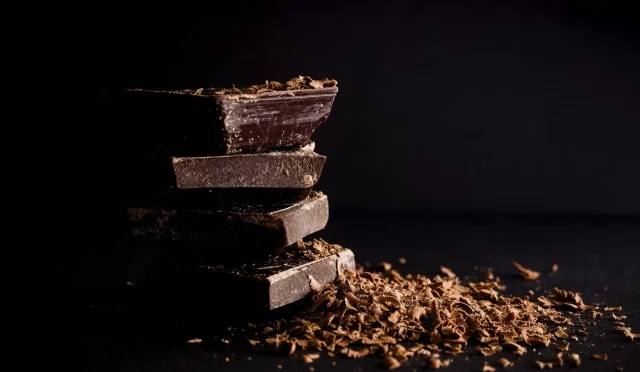What is phytotherapy?
The word phytotherapy originated from the combination of the words phytotherapy, which means plant, in the Ancient Greek language, and therapy, which means treatment. This branch of science, which can also be defined as treatment with plants, constitutes a sub-branch of pharmacology (pharmaceutical science) in the Pharmacy branch today. Phytotherapy, which aims to benefit from the chemical components in plants, can include many purposes such as preventing diseases, curing, protecting health, increasing fitness or strengthening the body. Various parts of plants, secretions, oils obtained from plants, extracts, gums and candles, as well as algae, fungi can be used for any of these purposes in phytotherapy.
Although traditional herbal practices known among the public are not included in the scope of phytotherapy, this science is based entirely on scientific clinical studies and concrete information obtained as a result of these studies. Just like medicines, plants used in phytotherapy also have licensing procedures, approvals from the necessary authorities, various regulations, safety measures, scientific evidence and quality standards. Today, the World Health Organization (WHO) also approves phytotherapy as a treatment method. In addition to its many advantages such as being an alternative to modern medicine, being easily accessible and economical, herbal treatment methods continue to become widespread day by day due to its naturalness.

How is Phytotherapy Applied?
Phytotherapy is a branch of science whose field of application is very wide and diverse. The method of application varies greatly from person to person. The purpose of phytotherapy, many factors such as the health status of the individual, age, gender, body structure, the type of plant or plants to be used are effective on the application method of phytotherapy. It should be known that phytotherapy, which is a branch of science that requires expertise, is an advanced specialty of Pharmacy.
Therefore, it is imperative that people who apply phytotherapy are experts who have received a scientific education in this field. Since it is an evidence-based and rational science, it has been revealed with concrete data how the herbal resources used in phytotherapy have a biological effect. Therefore, only experts can know which person is suitable for which herbal treatment. In the application of phytotherapy carried out in this way, the methods may include:
- Consumption of extracts obtained from plants by making tea or dissolved in water,
- Application of oils obtained from the plant superficially by massage or soaking,
- topical application of the plant in cream, lotion, ointment or any other form,
- Taking the plant in the form of drugs or extracts taken orally,
- Removing the juice of the plant fresh or consuming it directly in the form of a nutrient,
- Taking into the body in various forms in the form of a mixture by mixing more than one plant.
What Plants Are Used in Phytotherapy?
There are close to 400 thousand high plant taxa that have been identified worldwide to date, and each of them is estimated to contain hundreds of different plant components.
Considering the plant species and metabolites that have not yet been discovered, it can be considered that there are billions of herbal components that are or are waiting to be the subject of phytotherapy. Although the plants used in phytotherapy are much more than expected, the most widely known and used among the public can be included in the following:
- Blueberry
- Green tea
- Fennel
- Guarana
- Rosemary
- Rosehip
- Echinacea
- Sage
- Yarrow Perch
- Lavender
- St. John’s Wort
- Melisa
- Garlic
- Ginseng
- Ginger
- Aloe Vera








